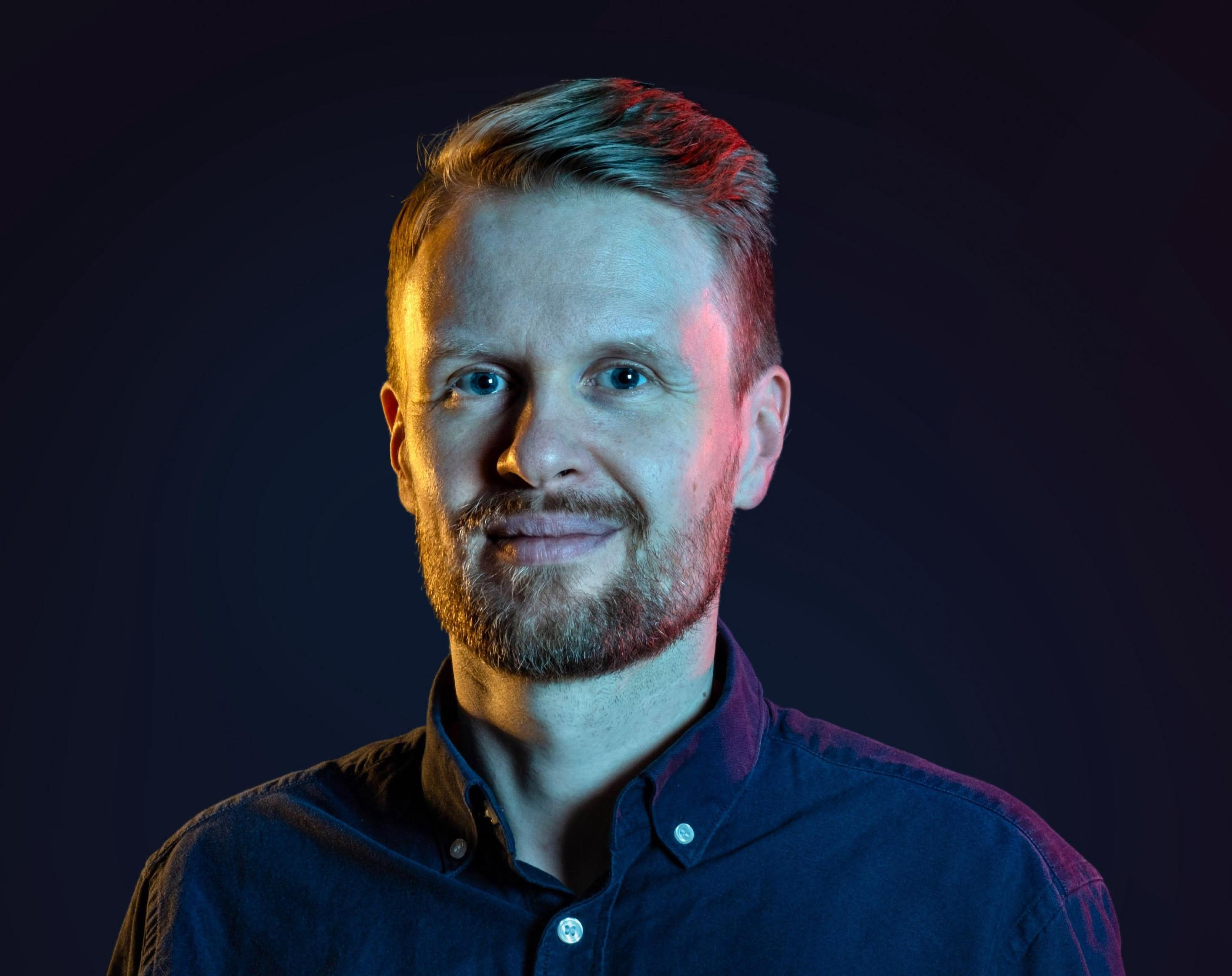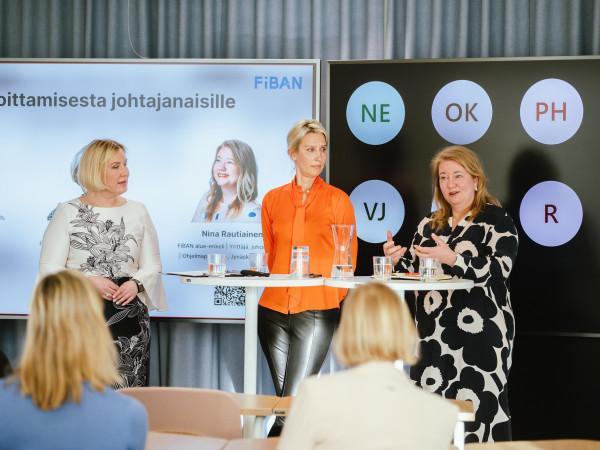
Joakim Achrén is an entrepreneur and investor with almost 20 years of experience, co-founding Next Games (acquired by Netflix). He is an active Substack writer, where he shares investing and startup knowledge. Joakim is also a venture capital investor in F4 Fund, with investments including Benjamin and Noice.
In the investment world, deal flow is so crucial; it’s all about the number and quality of investment opportunities coming your way. For investors, a steady and diverse deal flow is key to finding the right opportunities. It’s essentially the lifeblood of angel or VC investing—without a good flow of deals, it’s tough to make quality investments, as you aren’t evaluating enough deals to see the good ones.
To build deal flow, an investor has to be known. Otherwise they will not see an ample amount of startups being created. You might feel like a big enough fish in a small pond, but as the internet has made it easier for founders and investors to meet and conduct the fundraise over video calls, the pond just keeps getting bigger.
Getting Started with Personal Branding: How do you get known as an angel investor?
Investors can list themselves on various online directories to signal that they’re actively seeking deals. Additionally, traditional PR is a common strategy used by investors to attract deals. Finally, having a strong industry network is invaluable, as it often brings a steady flow of deal prospects.
In addition to the above, I’ve done something quite different.
In this piece, I want to talk about personal branding and about the ways I’ve built a newsletter with over 10,000 subscribers and LinkedIn followership of over 20,000 followers.
In 2019, I stepped away from the operational side of my company, Next Games, which had gone public a few years earlier. I was eager to move into investing but recognized that my network in the tech space was still quite limited. To launch my investing career, I needed something to jumpstart the process. Looking back now, in 2024, everything fell into place perfectly.
Creating content online has been instrumental to my success—it’s led to a steady flow of opportunities, with hundreds of pitch decks landing in my inbox each month.
Joakim Achrén
Choose your content channels and do guest appearances
My Substack is called Elite Game Developers. Initially, it focused on the games industry, but I’ve gradually shifted to more general consumer topics and startup founder-related topics. For example, my latest blog post is about setting up a data room for your startup, including best practices and key documents. I share a lot and post bi-weekly.
Back in 2019, I also launched a podcast under the same name, *Elite Game Developers*. While I haven’t released new episodes in over a year, the podcast was instrumental in establishing the visibility I have today. Listeners of the podcast often discovered my Substack and signed up, while Substack readers learned about compelling podcast episodes. The two platforms complemented each other, driving mutual growth.
So why Substack instead of Medium or hosting my own website? I chose Substack because it provides a wide range of features completely free, and unlike Medium, it doesn’t restrict access to content behind paywalls.
On LinkedIn, I’ve just crossed the 20,000 follower mark after five years of hard work. Writing and posting have become a lifestyle for me; it’s something I enjoy and couldn’t do without. What I usually do is I attempt to create a week’s worth of posts every Monday and then automate them with schedulers, in order to save up time.
I’ve also made many guest appearances on other people’s newsletters and podcasts. All these appearances have been incredibly important. People who then resonate with what I’m saying will be drawn to more of my content. The best way to do this is to ask for spots on podcasts where you have something interesting to share with the audience; sharing value is important, first and foremost. You can then promote your content by saying, “Check out my Substack,” and that’s how you even further build your audience.
What is hindering you from creating content? Some obstacles to overcome
Here are some key challenges I’ve noticed that often make it difficult for people to start creating content.
- Get comfortable with honesty. At the start, it would have been difficult if I wasn’t comfortable sharing from a deeply personal and reflective standpoint. By being open about my startup journey—particularly the mistakes and failures—I’ve connected with a specific audience. My goal has always been to be fully transparent about everything I’ve learned, and that honesty has resonated with people, playing a key role in the growth of my audience.
- Embrace Uncertainty. You also have to embrace persistence in the face of uncertainty. Today, my newsletter is growing by an average of sixty new subscribers a week, but it wasn’t always like that. In the early days, I’d be lucky to gain four subscribers in a week. Still, I knew the content I was creating was valuable, and there was an audience for my lessons in entrepreneurship. I trusted that if I kept producing content, more people would discover and appreciate it over time.
- Experiment. One way to avoid stagnancy is to try out a lot of things. I did a lot of webinars in 2020 and 2021, where I’d bring on people to talk about a topic. And everyone who signed up for the webinar was also added to my newsletter mailing list. On average, I was getting about seventy participants to sign up. That was a fantastic way to grow a small newsletter. But I didn’t know it would work; I just had to experiment to see if it would, and it did.
- Less is more. Initially, I believed that creating lengthy newsletters with multiple topics would be the best approach to cater to a wide audience. However, after publishing for a few years, I’ve learned that focusing on the essentials is far more effective. For instance, I’ve reduced the number of questions in podcast episodes to about six, covering the essentials in 30 minutes instead of 60. Similarly, I’ve trimmed my newsletters from 2,000 words to around 500–1,200 words. Since making these changes, I’ve seen the newsletter’s open rate increase from 42%-44% to a consistent 50%.
Final words
I hope you get started soon. Here are some links that you can take a look to learn more about me and how I’ve started with branding myself as an angel investor.
Sign up for Joakim’s Substack.
Joakim’s Finnish family office newsletter.
Your content here?
Are you a FiBAN member or partner? Want to share your insights to our investor community? Contact FiBAN’s COO Milja Mäkelä milja (at) fiban.org and make your suggestion.


